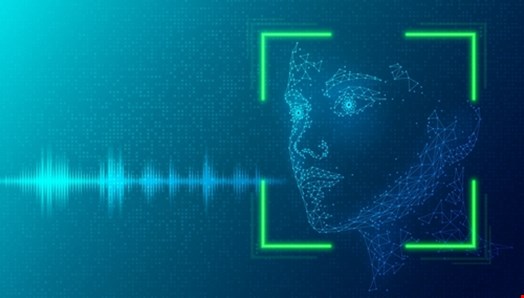In an age where artificial intelligence is reshaping industries, one of the most alarming developments is the surge of deepfake incidents in corporate settings. Once thought of as social media novelties, deepfakes have now become a critical security threat, with organizations increasingly being exposed to fraudulent AI-generated content.
These deceptive technologies are no longer just tools for misinformation; they have evolved into weapons targeting financial stability, organizational trust and the integrity of virtual communications.
Let’s examine how corporate deepfakes are affecting enterprises, the growing vulnerabilities they expose, and the modern cybersecurity measures companies must adopt to keep their employees, and business, safe.

The Rise of Deepfake Scams in Corporate Spaces
In 2024, we saw a wave of high-profile figures, from politicians to celebrities, ensnared in deepfake-related scandals. In fact, it was reported that one deepfake digital identity attack happened every five minutes. However, cybercriminals are now shifting their focus to corporate executives and employees, posing a direct financial risk to businesses.
A striking case is the $25.6m fraud perpetrated against a multinational corporation, where deepfake-enabled video conferencing deceived an employee into authorizing unauthorized transactions. Beyond visual deception, criminals are exploiting voice cloning technology to impersonate senior leadership.
LastPass narrowly avoided a security breach in April 2024 when bad actors attempted to use deepfake audio to manipulate company personnel. These incidents highlight how sophisticated these attacks have become and how easily any enterprise, regardless of industry or size, can be targeted.
The Vulnerability of Remote and Hybrid Workforces
For companies with remote or hybrid work models, deepfake threats pose an even greater challenge. Employees working from home cannot physically verify a caller’s identity, making them more susceptible to deception. A single manipulated video call or audio clip can disrupt workflows, delay critical decision-making and create an atmosphere of suspicion among teams.
The fundamental issue is the erosion of trust. Digital workspaces rely heavily on video conferencing, messaging apps and virtual collaboration tools – avenues that fraudsters can exploit to inject uncertainty into corporate environments. If enterprises fail to secure these communication channels, deepfakes will continue to erode confidence in digital interactions.
AI-Powered Defense Mechanisms
To counter deepfake threats to their business, companies must fight fire with fire. AI capabilities are rapidly advancing scams like deepfakes, pushing the defense mechanisms against these threats to be just as fast and adaptable. Leveraging AI identity verification capabilities, enterprises can thwart AI-powered risks to their business. A few ways AI is being used to keep scammers at bay include:
- Advanced biometric authentication: Facial recognition, liveness detection and real-time identity verification can stop synthetic content before it ever reaches corporate systems. These technologies are critical for detecting and blocking camera injection attacks, which are the primary delivery method behind most deepfake scams. While not all deepfakes rely on camera injection, every camera injection attack is part of a deepfake attempt, making early detection essential to defense.
- Adaptive risk-based authentication: Companies should layer security protocols by assessing various risk signals, such as device trustworthiness, behavioral biometrics, and personally identifiable information (PII) verification to detect anomalies. With adaptive authentication, layers can be added whenever risk requires or the risk profile changes.
- Enhanced fraud detection for financial transactions: High-value business processes, particularly financial transactions, should incorporate biometric verification tools like liveness detection to confirm identities beyond traditional multi-factor authentication (MFA).
Reinforcing Awareness and Internal Policies
Beyond implementing AI-powered safeguards, fostering a culture of security awareness is a critical element. Employees must be trained to scrutinize unexpected communication requests, particularly those involving financial decisions or sensitive corporate data. Companies must enforce verification protocols that require multiple approval layers before executing high-stakes transactions.
Leadership must also emphasize consistent, secure communication channels to prevent cybercriminals from exploiting gaps in internal processes. Regular policy updates, company-wide security drills and clear escalation protocols will ensure employees are equipped to recognize and counter deepfake-related threats.
The Path Forward: Staying Ahead of AI Fraud
Corporate security is no longer just about preventing traditional cyber-attacks – it’s about staying ahead of rapidly evolving, AI-driven fraud. By adopting a holistic, AI-powered approach to digital identity verification and enhancing employee vigilance training, enterprises can protect their financial assets, workforce and brand reputation. This proactive strategy helps defend against the growing threat of deepfake scams in the enterprise setting.